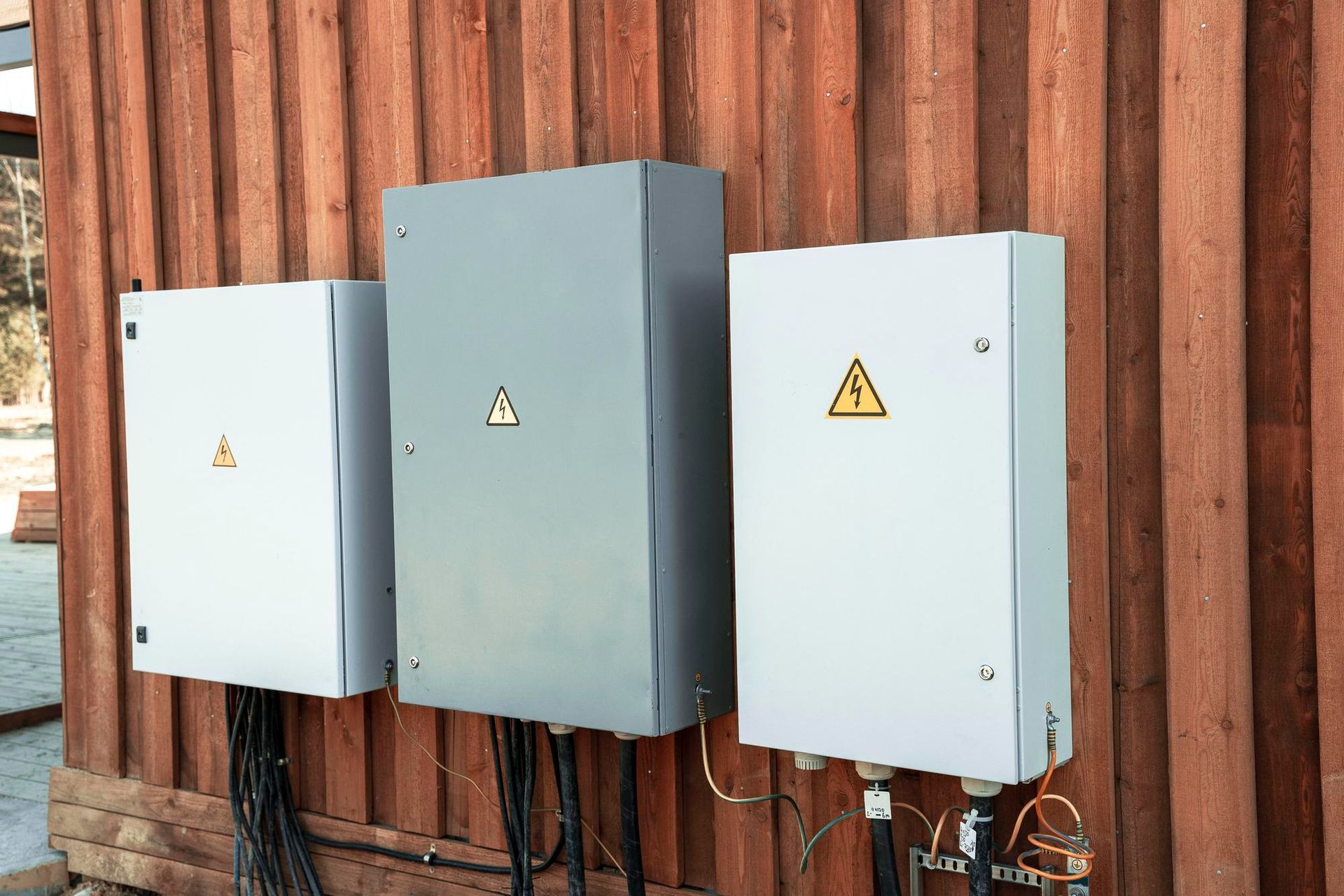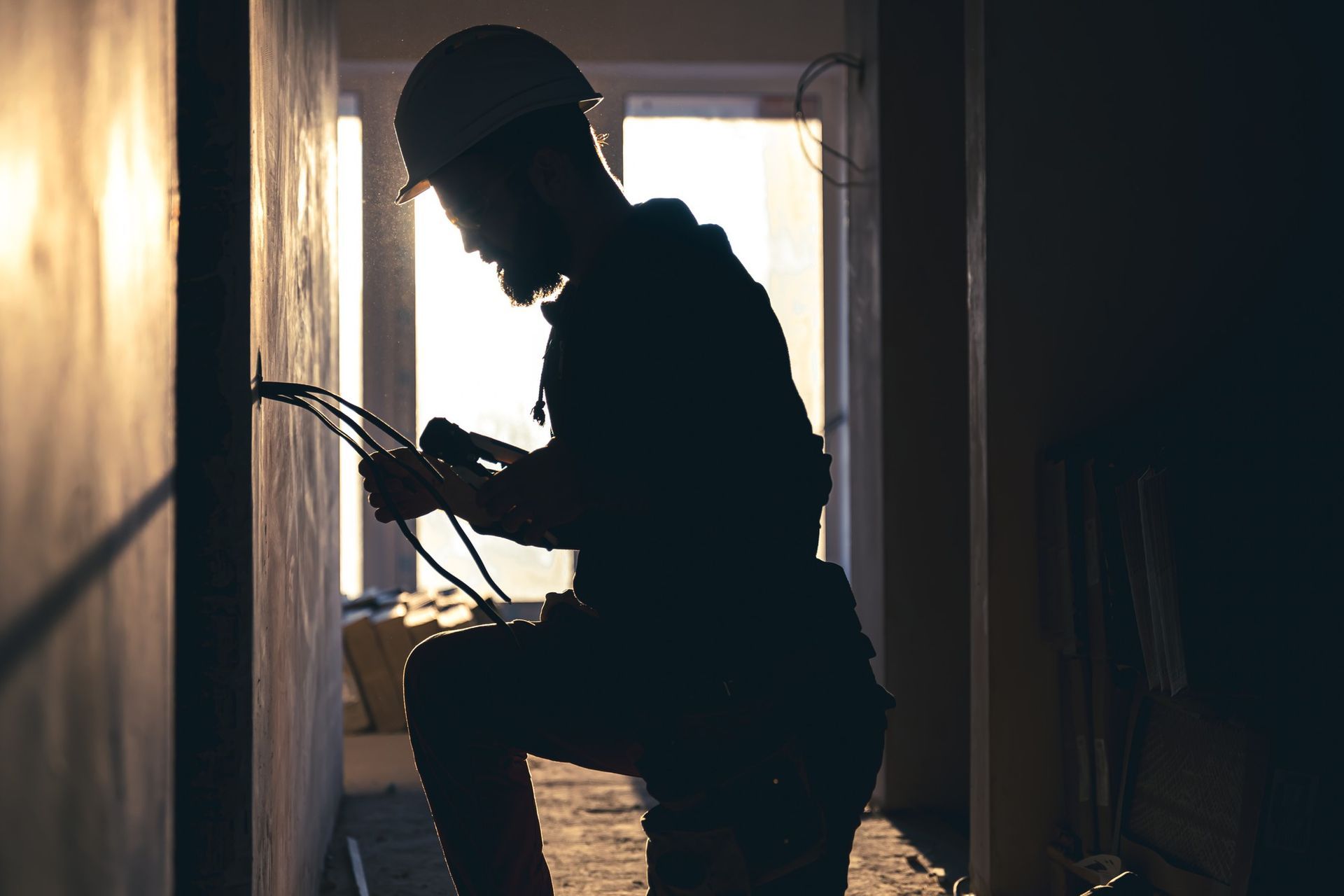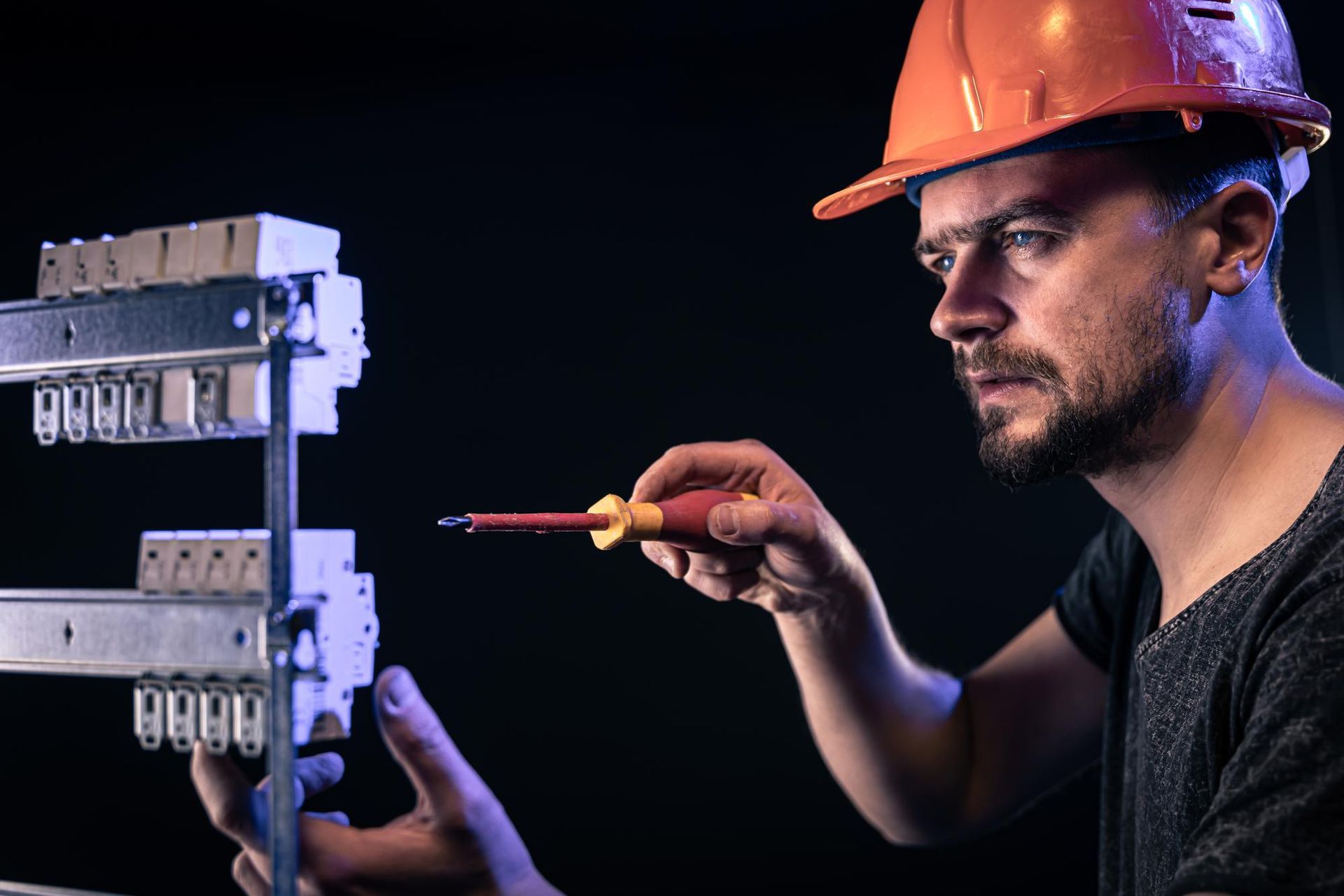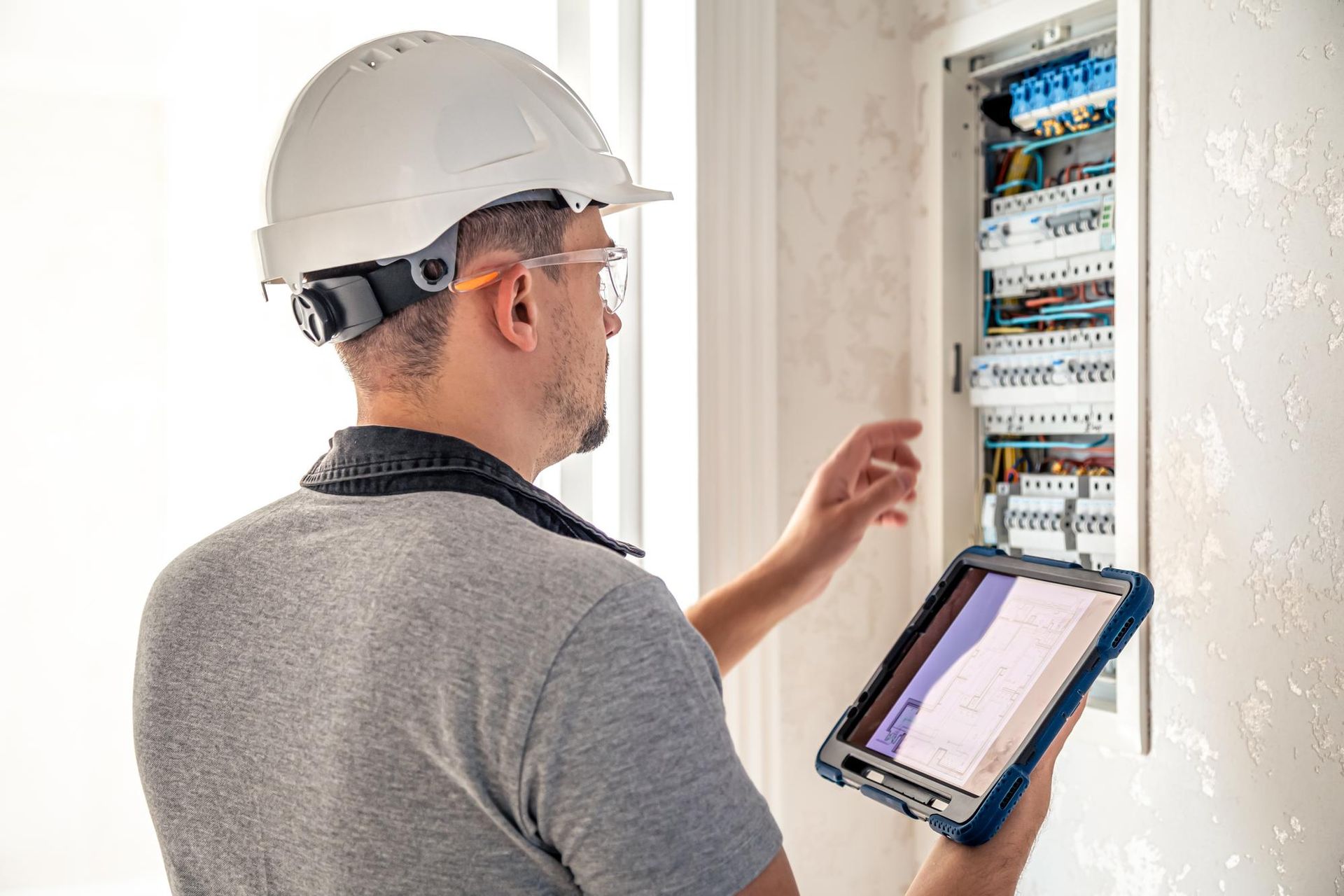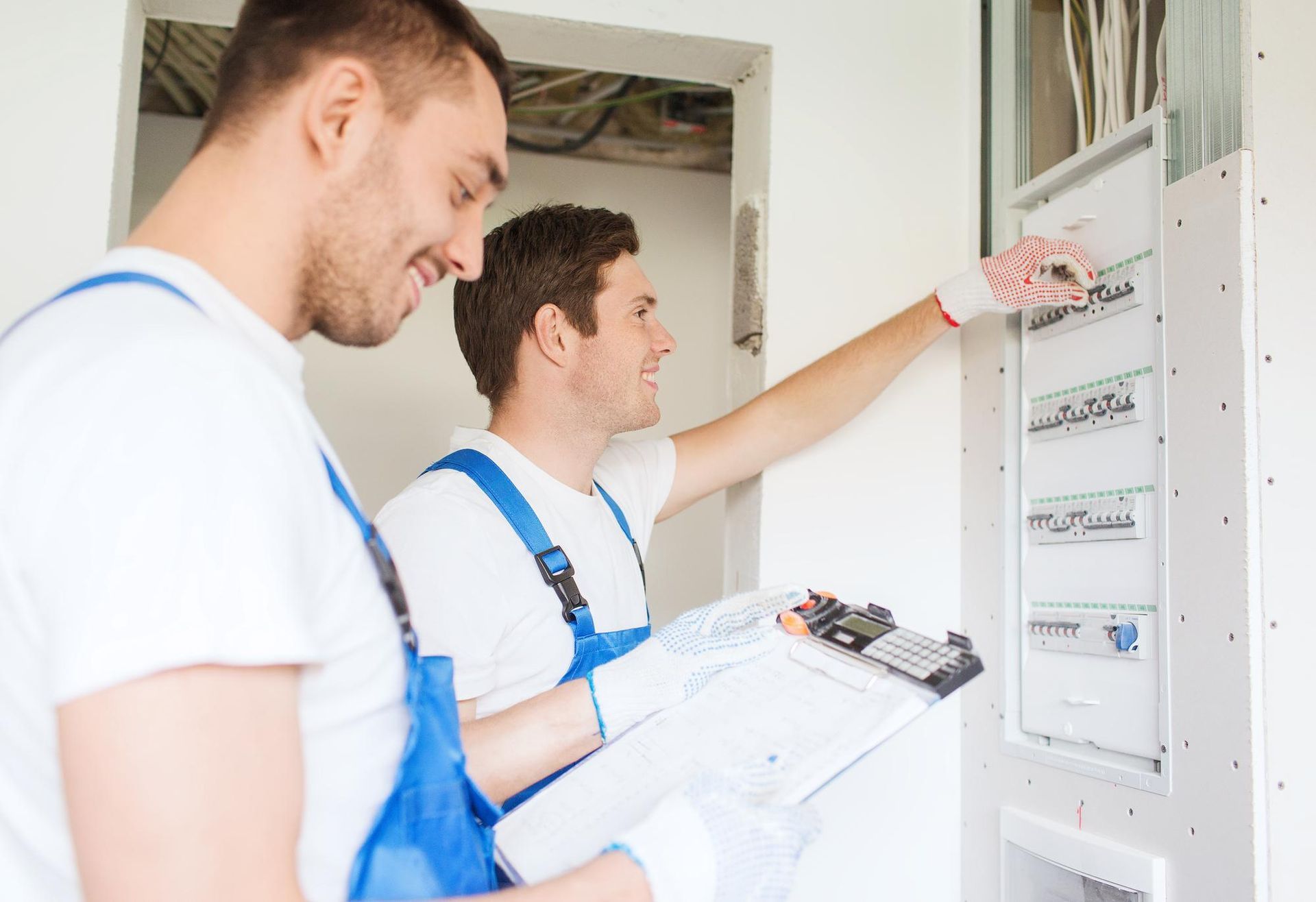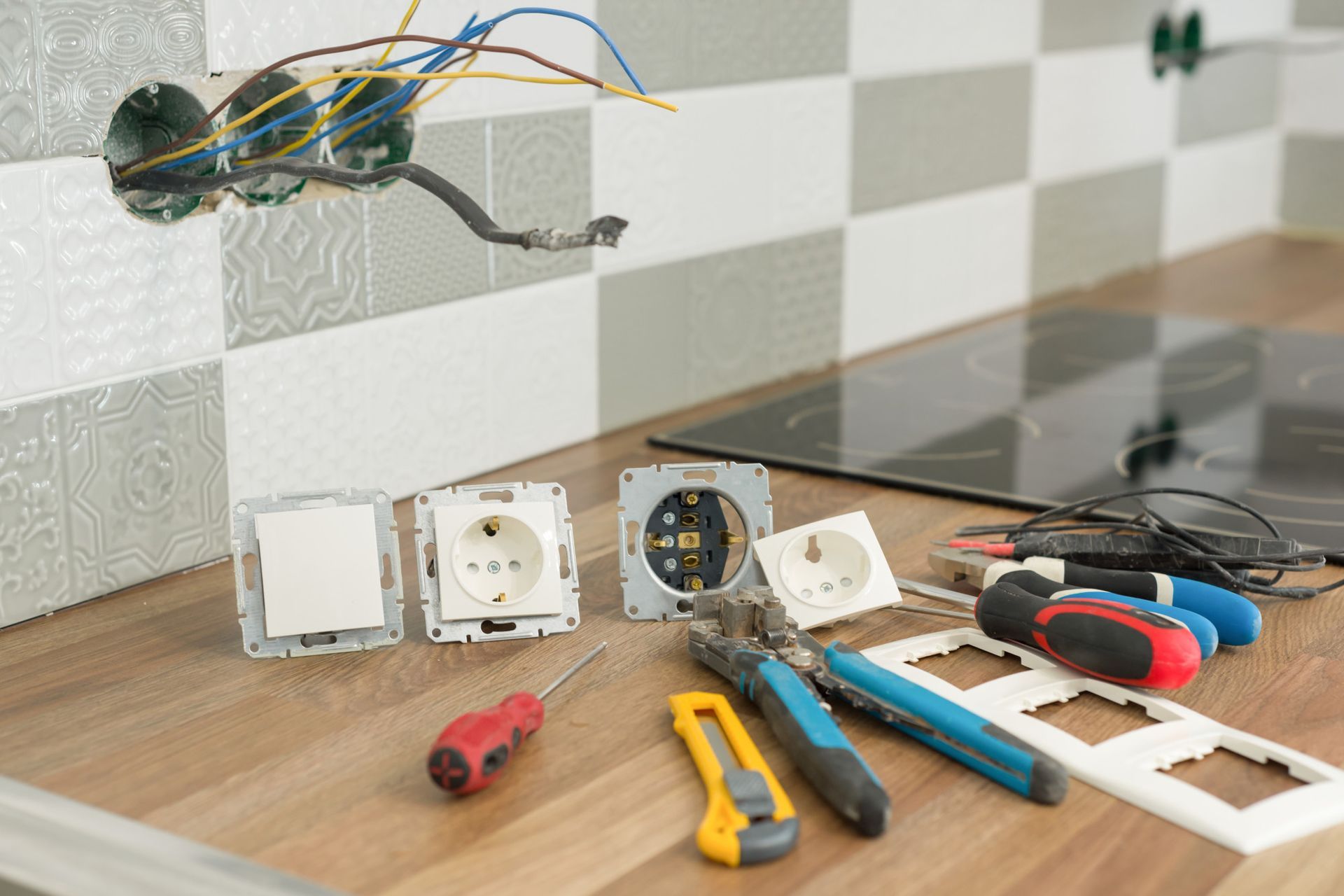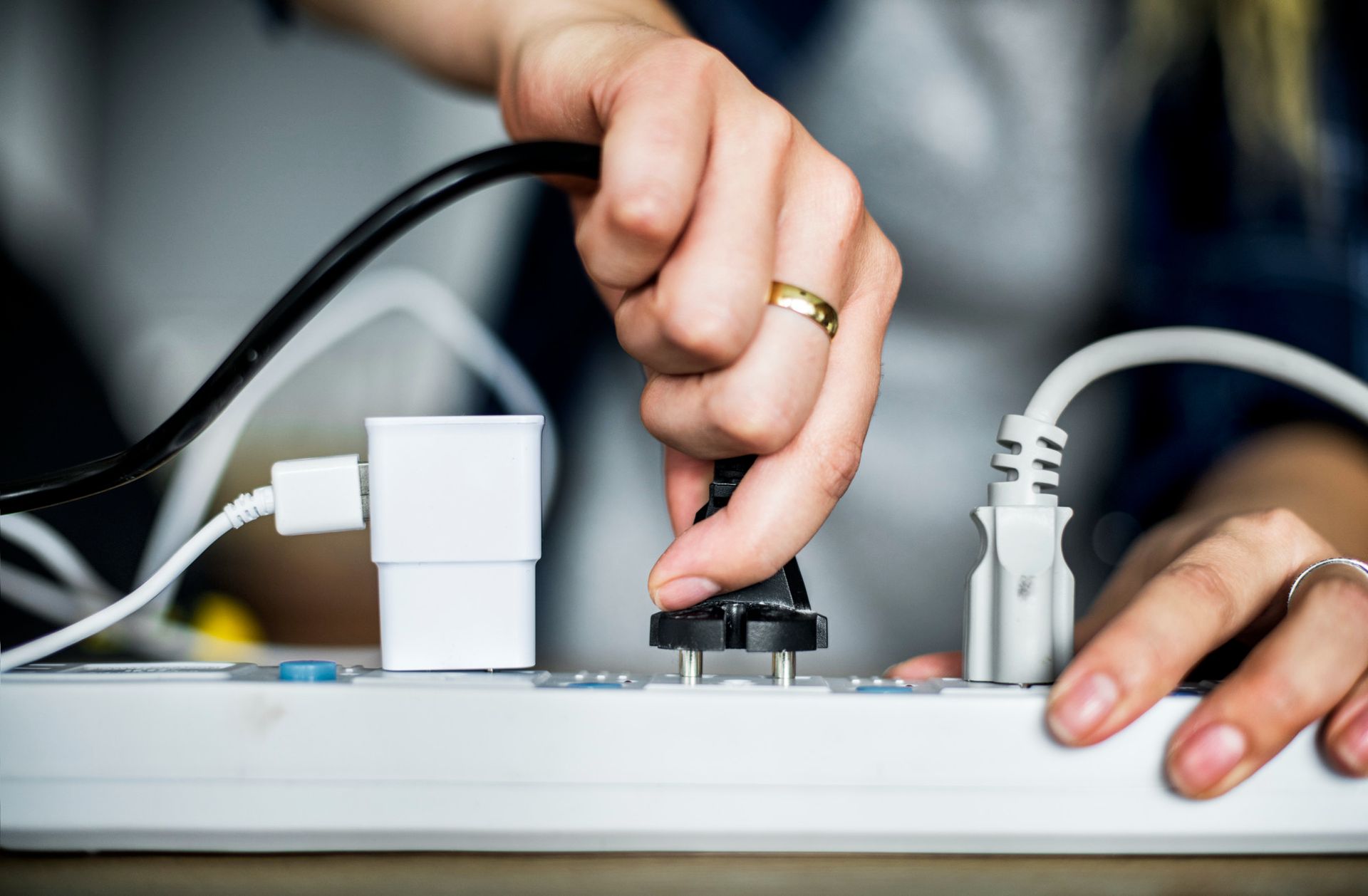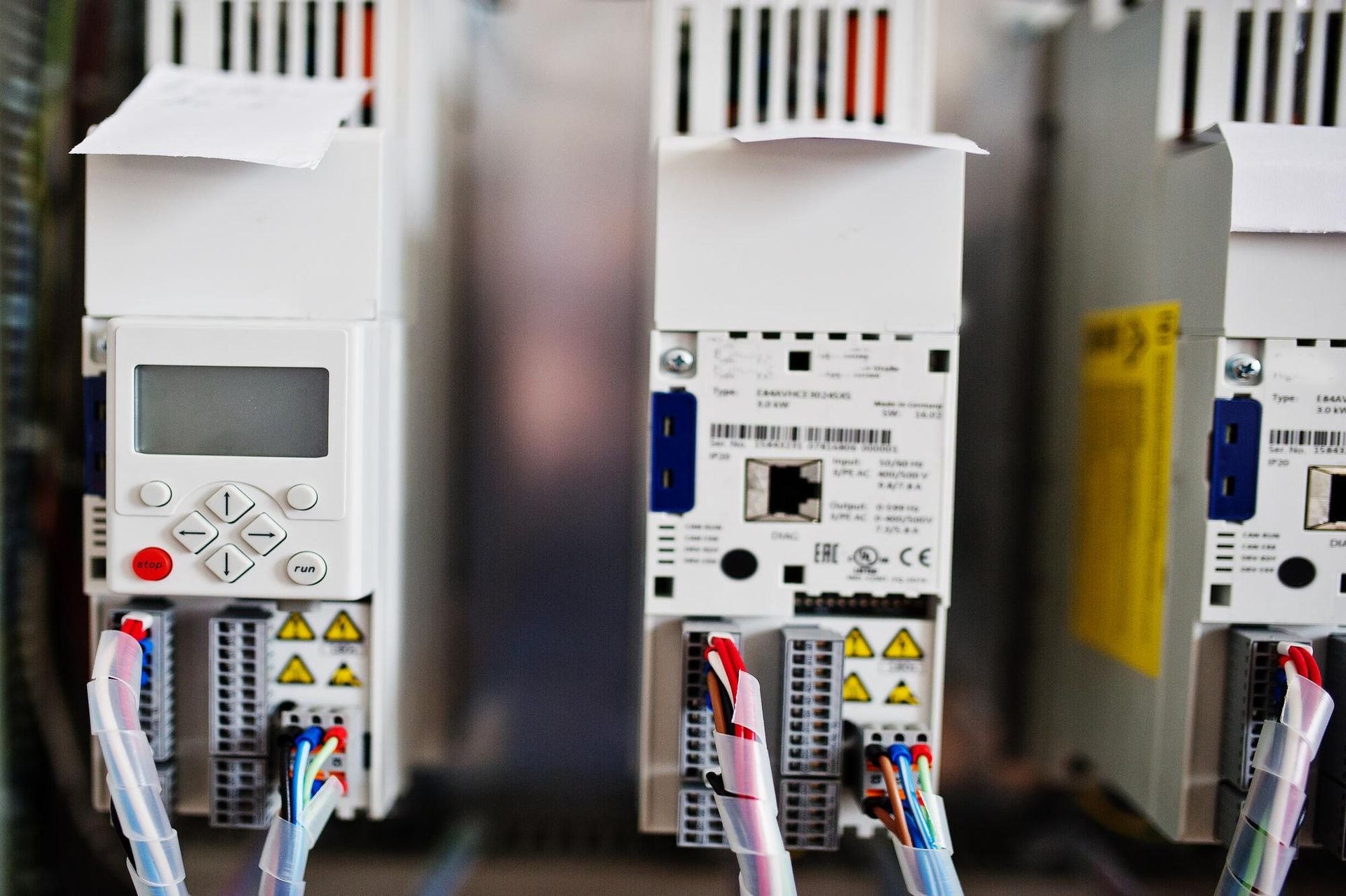How to Build an Electrical Panel: Avoiding Common Pitfalls
Have you ever wondered what safeguards your home from electrical overload and keeps your appliances running smoothly? It's the unsung hero known as the electrical panel. Knowing how to build an electrical panel isn't just for the skilled electrician; it's knowledge that can empower homeowners, DIY enthusiasts, and the curious-minded. But, as with any task involving electricity, it's not free from potential mishaps. In this article, we will navigate through the ins and outs of how to build an electrical panel—the right way.
When you think of powering up your home, the image of an electrical panel might not jump to the forefront of your mind. Yet, this panel is the heart of your home's electrical system, a critical point where all the wiring converges and is distributed. Building it might seem daunting, but with careful planning and a watchful eye on common pitfalls, it's a task that can be tackled with confidence. Ready to become the architect of your home's power center? Let's plug into the basics of how to build an electrical panel, and light up this topic with the clarity it deserves.
Understanding Electrical Panels
Before you can master the creation of an electrical panel, you must first understand its anatomy and its critical role in your home. An electrical panel, sometimes known as a breaker box, is the point where the electric power from the utility company enters your home. From here, it's divided into subsidiary circuits while providing a protective fuse or circuit breaker for each circuit in a common enclosure.
Basic Components of an Electrical Panel:
- Main Breaker: This switch allows you to cut off power to the entire panel, and therefore, your whole house.
- Circuit Breakers: These switches control the power to various parts of your home. If there's an overload, they "trip" or break the circuit as a safety measure.
- Bus Bars: These metallic bars attract electricity from the main breaker and distribute it to each circuit.
- Neutral Bar: A grounding point for neutral wires coming from your electrical appliances.
- Grounding Bar: A safety feature that directs excess electricity into the ground, preventing electrical shocks.
Each of these components plays a unique and vital role. Without one, the system could fail or, worse, cause an electrical fire. That's why understanding the role of each part is crucial for anyone embarking on how to build an electrical panel.
The Importance of Compliance with Electrical Codes:
Imagine you're a musician. Just as you'd follow musical notes to play a melody correctly, electricians follow codes to build a safe electrical panel. These codes are detailed in the National Electrical Code (NEC), a set of guidelines ensuring that electrical systems are installed safely. Not adhering to these can lead to serious safety hazards and legal troubles. It's vital to understand that the NEC's guidelines are not just suggestions; in most places, they are the law.
Planning and Preparation
Before diving hands-first into the wires and breakers, there's a significant amount of planning and preparation that must occur. This phase is where many DIYers may stumble, but with a careful approach, you can set yourself up for success.
- Understanding Local Electrical Codes and Standards: Your first step should be to familiarize yourself with your local electrical codes. These can vary by region, and what's acceptable in one area might not pass inspection in another. Your local building department or a quick online search can provide the codes you need to follow.
- Creating a Detailed Plan and Layout for Your Panel: Planning is crucial. You wouldn't build a house without a blueprint, so don't build your electrical panel without a plan. Sketch out where each circuit will go, and what it will power. This foresight can prevent many headaches later on.
- Tools and Materials Needed for the Project: Gather all the tools and materials you'll need before starting. This includes screwdrivers, wire strippers, a hammer, a flashlight, and, of course, all the panel components like the breakers, bus bars, and wiring.
- Safety Gear and Precautions: Never forget the safety gear. Rubber-soled shoes, insulated gloves, and goggles are a must. Always ensure the main power to the area you're working in is turned off before you start. Safety cannot be overstated when it comes to working with electricity.
Common Pitfalls to Avoid
Now, let's address some of the common pitfalls you might encounter when building your electrical panel.
- Overloading the Panel: An overloaded panel can lead to tripped breakers and even fires. To avoid this, calculate the electrical load of each circuit. Ensure that the total load doesn't exceed what the panel is rated to handle.
- Ignoring Safety Codes and Standards: It can be tempting to cut corners, but with electrical work, this is a dangerous gamble. Always adhere to the NEC codes and local standards. Not only does this keep you safe, but it also ensures that you won't have to redo your work later to pass an inspection.
- Inadequate Labeling: Imagine needing to shut off power to your kitchen in a hurry and facing a panel of unmarked switches. Proper labeling isn't just a convenience; it's a necessity. Take the time to label every circuit clearly.
- Poor Component Quality: Opting for cheaper, lower-quality components might save you money in the short term, but these can fail more quickly and aren't as reliable. Invest in high-quality parts for long-term safety and durability.
- Faulty Grounding and Bonding: A properly grounded and bonded electrical system is crucial to prevent electric shock. Make sure you have a solid connection to the ground and that all bonding is done according to code.
- Improper Wire Sizing: Wires that are too small for the current they carry can overheat and cause fires. Ensure you're using the correct size wire for the electrical load of each circuit.
- Neglecting Future Expansion: Your electrical needs may grow, so it's wise to build in the capacity for expansion. Leave some room in your panel for additional circuits you may need in the future.
Step-by-Step Guide to Building an Electrical Panel
Building an electrical panel is like conducting a symphony where each component must come together in perfect harmony. Here's how to orchestrate this complex task:
- Laying out the Panel Components: Start by placing your panel in a convenient, accessible location, but one that also meets local codes (usually, this will be in a utility area or garage). Open the panel and familiarize yourself with the layout. Identify where the main breaker, bus bars, and individual circuit breakers will reside.
- Mounting the Panel and Bus Bars: Securely mount the panel to the wall, ensuring that it's level and at the required height specified by code. The bus bars should be firmly attached to the panel, making sure they have good contact.
- Installing Breakers and Connecting Circuits: Snap the circuit breakers into place on the bus bars. Begin wiring the circuits into the breakers, starting with the largest loads first. The wires should be neatly routed and secured.
- Grounding the System: Connect the grounding wire from your utility to the grounding bar in the panel. If required, install a grounding rod outside your home and connect it to your panel's grounding system.
- Testing the Panel for Safety: Before powering up, double-check every connection. Use a multimeter to test continuity and ensure there are no shorts. Confirm that all circuits are properly grounded.
Final Checks and Testing
You're almost at the finish line, but before you call it a day, here's what you need to do:
- Reviewing All Connections and Labels: Go over every connection to ensure they’re tight and secure. Check your labels to make sure they correspond correctly to the associated circuits. This will save time and confusion during future maintenance.
- Testing the Panel with a Multimeter: With the main breaker still off, use a multimeter to test the resistance and voltage on each circuit. This will help ensure that there are no faults or live wires where there shouldn't be.
- Ensuring Everything is to Code Before Finalizing: Before turning the power on, have your work inspected by a licensed electrician or an inspector if required by your local jurisdiction. It’s essential to ensure your panel is up to code to avoid any legal or safety issues.
Conclusion
Building an electrical panel requires meticulous attention to detail, a solid understanding of electrical systems, and a healthy respect for the inherent dangers of working with electricity. By following the steps laid out in this guide and avoiding common pitfalls, you can create a safe and efficient electrical panel that powers your home without issue.
However, it's crucial to recognize when a task is beyond the scope of a DIY project. This is where we at
Alpha Omega Electric come into the picture. Based in Santa Cruz, CA, we're proud to be the leading service provider when it comes to electrical panel installations, repairs, and maintenance.
Remember, when it comes to working with electricity, there's no such thing as being too cautious. If at any point you feel out of your depth, it's not just okay—it's advisable—to call in a professional. After all, the safety of your home and your loved ones is paramount. And we at Alpha Omega Electric take this responsibility seriously. We’re committed to providing top-notch service to ensure the well-being of your electrical system.
Don't hesitate to reach out to us at
(831) 346-3001. Our team of certified electricians is ready to assist you with expert advice, professional service, and unparalleled attention to detail. Whether it's a new installation or routine check-up, we ensure that your electrical panel meets the highest standards of safety and efficiency. Trust us, Alpha Omega Electric, to illuminate your home with excellence.
Service Areas: San Jose, CA | Los Gatos, CA | Scotts Valley, CA | Soquel, CA | Capitola, CA | Aptos, CA | Saratoga, CA | Campbell, CA | Watsonville, CA
|
Cupertino, CA |
Morgan Hill, CA |
Santa Clara, CA |
Marina, CA |
Pacific Grove, CA |
Gilroy, CA |
Twin Lakes, CA |
Pasatiempo, CA
Copyright © 2022 Alpha Omega Electric, all rights reserved.
Scotts Valley, CA 95066 (831) 346-3001

